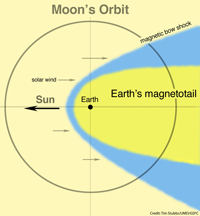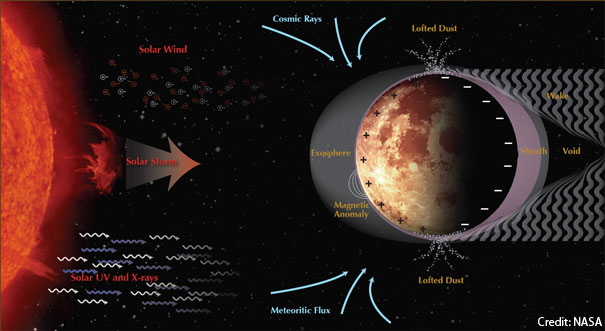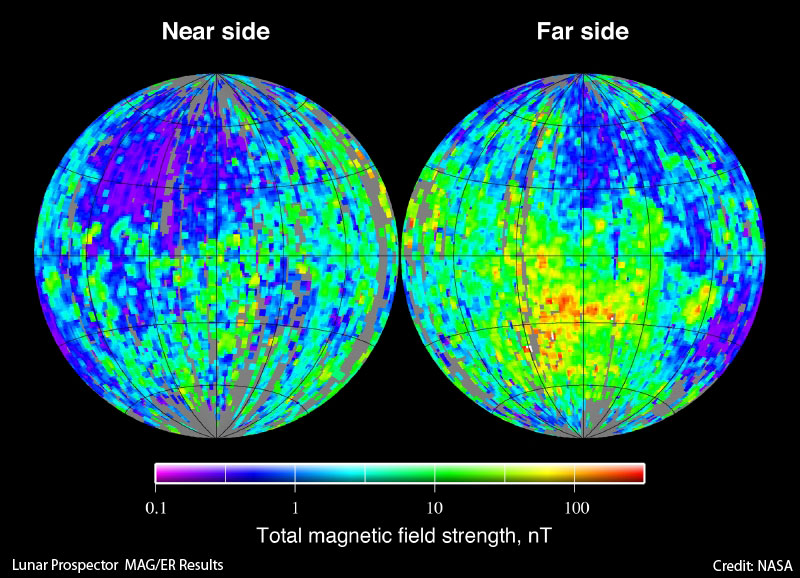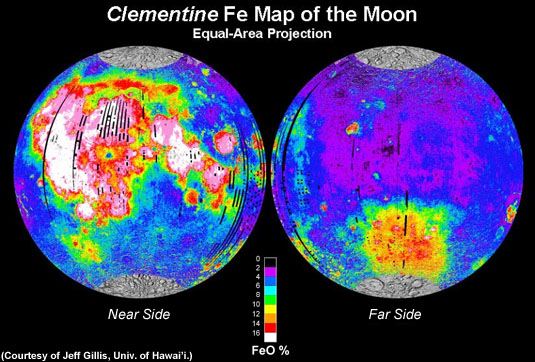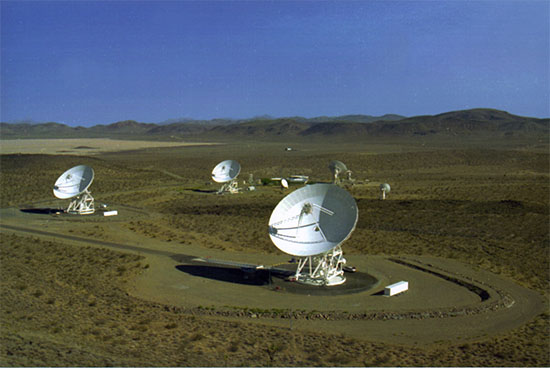ARTEMIS Overview and Goals
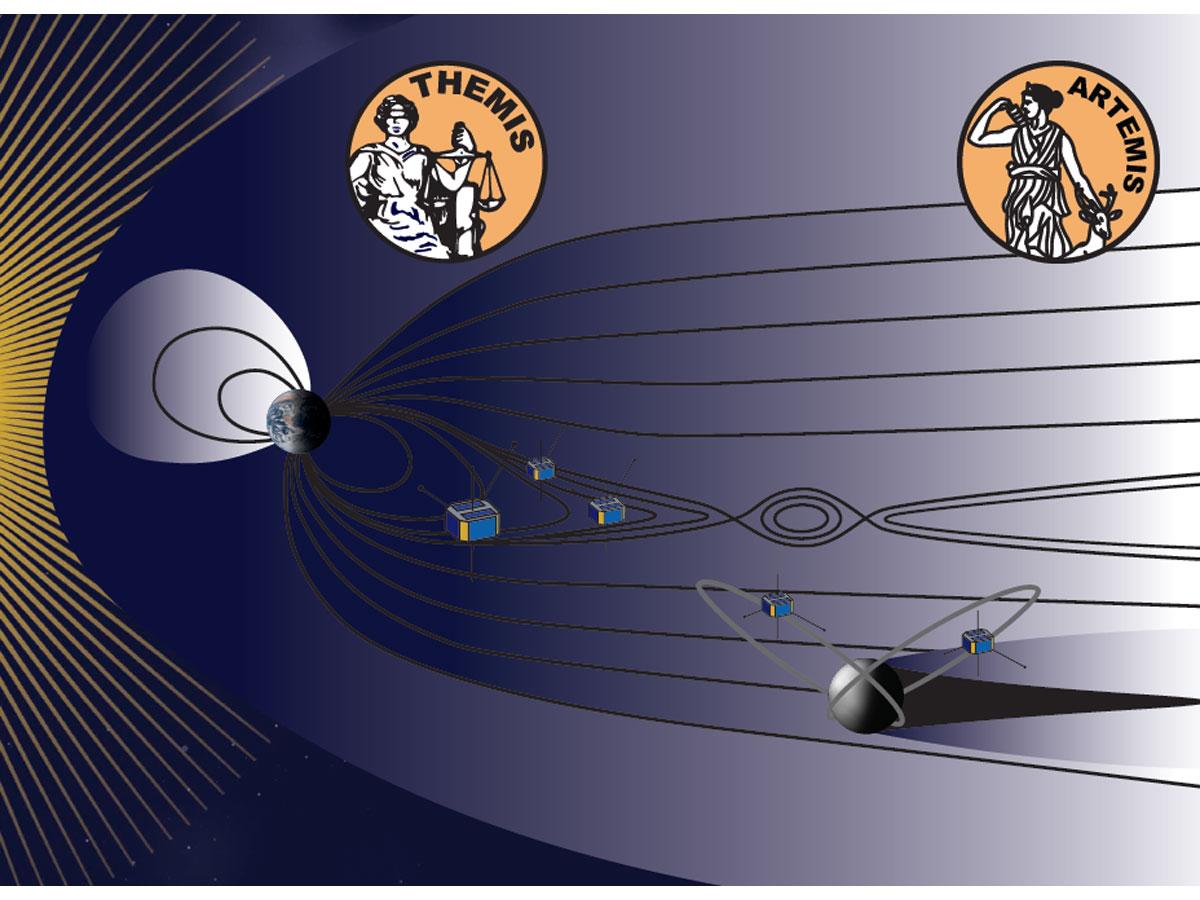
The "Acceleration, Reconnection, Turbulence, and Electrodynamics of the Moon's Interaction with the Sun" (ARTEMIS) mission will pursue key questions in both heliophysics and planetary science through observations from a lunar orbit. ARTEMIS redeploys the two outermost satellites of NASA's MIDEX mission THEMIS, launched on 17 February 2007 to study the origin of Earth's magnetospheric substorms. ARTEMIS' dual probes capture simultaneous two-point measurements at variable inter-probe separations, thus maximizing spatial resolution, facilitating the calibration of measurements, and increasing the volume of data. A wide range of observations of the Moon's interaction with the solar wind are planned, while also investigating clues about its planetary structure and evolution, including:
i) Particle acceleration, reconnection, and turbulence in the magnetosphere and in the solar wind
ii) 3-D mapping of the lunar wake induced by solar wind at a range of downstream distances
iii) Measuring selected magnetic anomalies in the lunar crust
iv) Measuring the lunar exosphere and surface charging
v) Characterizing the near-terminator exosphere by coordinating measurements with NASA's upcoming Lunar Atmosphere and Dust Environment Explorer (LADEE) mission.
Heliophysics & Space Weather Objectives
ARTEMIS is designed to address heliophysics goals: particle acceleration in the magnetotail, the solar wind, and the lunar wake - using the moon as an anchor. From distances of hundreds of kilometers to 120,000 km, the probes will observe varying solar wind conditions as the Moon moves in and out of the Earth's magnetotail.
ARTEMIS will reveal the dynamics, scale size, and evolution of the distant tail, the three-dimensional structure of solar wind shocks, and the structure, evolution and kinetic properties of the lunar wake. ARTEMIS builds on our understanding of the magnetotail and solar wind environment at lunar distances that was acquired from ISEE3 (Tsurutani and von Rosenvinge, 1984), Geotail (Nishida, 1994) and Wind (Acuna et al., 1995). ARTEMIS will also advance our understanding of the Moon's wake going beyond the observations from Wind high altitude (10 RL) wake crossings and the low (~100km) altitude wake and exospheric observations by Lunar Prospector.
ARTEMIS's comprehensive plasma and fields observations, over an extensive range of distances from low to high altitudes, fill an observational gap in wake behavior and extend the measurement capability by including DC electric field observations and a two spacecraft complement. ARTEMIS's multi-point observations, orbits, and instrumentation are also ideally suited to advance our knowledge of several key topics raised in the 2003 National Research Council's (NRC) Decadal Survey for Solar System Exploration, as well as several prioritized science concepts listed in the 2007 National Academy of Sciences report, "The Scientific Context for Exploration of the Moon."
Planetary Science Objectives
With all its instruments operating flawlessly from the achievable 100 km perigee altitude, ~10° inclination orbit, ARTEMIS will contribute greatly to our understanding of the formation and evolution of the exosphere, dust levitation by electric fields, the origin of crustal magnetic fields, composition and physical properties of the regolith, and the interior structure of the Moon. By optimizing perigee to obtain low altitude passes below 100 km and inclinations as high as 20° to reach the outskirts of the South Pole - Aitken basin, the ARTEMIS team can further optimize the science return from the mission for planetary science in its prime or extended phase.
Lissajous orbits
ARTEMIS-P1 is the first spacecraft to navigate to and perform stationkeeping operations around the Earth-Moon L1 and L2 Lagrangian points. There are five Lagrangian points associated with the Earth-Moon system. The two points nearest the moon are of great interest for lunar exploration. These points are called L1 (located between the Earth and Moon) and L2 (located on the far side of the Moon from Earth), each about 61,300 km (38,100 miles) above the lunar surface. It takes about 14 to 15 days to complete one revolution about either the L1 or L2 point. These distinctive kidney-shaped orbits are dynamically unstable and require weekly monitoring from ground personnel. Orbit corrections to maintain stability are regularly performed using onboard thrusters.
Other benefits of this first ever libration orbit mission include the investigation of lunar regions to provide a staging location for both assembly of telescopes or human exploration of planets and asteroids or even to serve as a communication relay location for a future lunar outpost. The navigation and control of the spacecraft will also provide NASA engineers with important information on propellant usage, requirements on ground station resources, and the sensitivity of controlling these unique orbits.
Exosphere and plasma pickup ions
Ions produced by surface sputtering or ionization of exosphere gases are subject to the solar wind magnetic and electric fields, and are accelerated or "picked up" in cycloidal trajectories. ARTEMIS charged particle measurements from the ESA and SST are sensitive enough to back-trace the pickup-ion trajectories and accurately determine their sources.

Lunar dust and transport
Elecrostatic levitation of charged grains above the moon's surface has been detected numerous times by lunar spacecraft and observed by Apollo astronauts as "lunar horizon glow." Measurements demonstrate that the surface electric field responds to solar and magnetospheric plasma and energetic particles, and that surface charging can cause dust to be lofted high enough to overcome gravity and cohesion. ARTEMIS field and plasma instruments are more comprehensive than those on previous moon missions and will allow us to measure plasma currents incident on the surface for both positive and negative potentials, facilitating detailed mapping and accurate modeling of the charging process.
Interior structure of the moon from Electromagnetic (EM) Induction
The interior structure of the moon holds the key to its history and evolution, and EM sounding techniques can provide major insights into past processes. Using highly sensitive, identical magnetometer instruments with stable offsets and cross-calibration, ARTEMIS will measure the external driving magnetic field with one spacecraft and the response of the lunar interior to that field with the probe near the surface. The difference between the two signals will yield the lunar interior conductivity as a function of frequency, and therefore depth.
Surface properties, planetary evolution, crustal magnetism and space weathering
Crustal magnetism preserves ancient records of planetary and surface evolution. Studies of crust fields on Earth revealed polarity reversals of the core dynamo and confirmed the plate tectonics hypothesis, however the origin of lunar magnetism is less clear due to the absence of a present-day dynamo on the moon. Lunar samples provide evidence of past magnetism, and the increased regional strength of magnetic fields over highlands compared to lowlands shows that more recent lava flows over maria were not exposed to magnetism.
Additionally, "space weathering" results from micrometeorite impact melting of surface material, where iron deposits (Fe) in microscopic silica glass cause a darkening of the regolith. Weathering occurs only in regions where the regolith is enriched by solar wind hydrogen. There is a correlation between surface reflectivity and crustal magnetism, implying that the strong surface magnetic fields inhibit the solar wind energetic particles and reduce regolith maturation. ARTEMIS' complete plasma instrumentation will measure the interaction of magnetic anomalies with the solar wind and the magnetotail.
UC Berkeley Mission Operations Center
All aspects of mission operations, except mission design and navigation, were and are conducted at the Mission Operations Center at the University of California at Berkeley. The mission design was put forth by JPL with the support of GSFC and UCB, and the mission navigation was carried out by GSFC with support from JPL and UCB during the initial mission phases in 2009-2011. Current operations in lunar orbit, including orbit maintainance and navigation are conducted by UCB/MOC with JPL and GSFC in an advisory role. Activities of the multi-mission operations team include mission and science operations, flight dynamics and ground station operations. Communications with the ARTEMIS probes are primarily established via the NASA's Deep Space Network. The multi-mission approach of the Mission Operations Center proved to be very successful to support reliable and efficient THEMIS constellation and ARTEMIS operations, while continuing to support existing (RHESSI) and upcoming (NuSTAR) missions. Towards this end, a high degree of systems automation is employed to support lights-out operations during off-hours.
Deep Space Network Data Downlink
The NASA Deep Space Network - or DSN - is an international network of antennas that supports interplanetary spacecraft missions and radio and radar astronomy observations for the exploration of the solar system and the universe. The network also supports selected Earth-orbiting missions.
The DSN currently consists of three deep-space communications facilities placed approximately 120 degrees apart around the world: at Goldstone, in California's Mojave Desert; near Madrid, Spain; and near Canberra, Australia. This strategic placement permits constant observation of spacecraft as the Earth rotates, and helps to make the DSN the largest and most sensitive scientific telecommunications system in the world.
NASA's scientific investigation of the Solar System is being accomplished mainly through the use of unmanned automated spacecraft. The DSN provides the vital two-way communications link that guides and controls these planetary explorers, and brings back the images and new scientific information they collect. All DSN antennas are steerable, high-gain, parabolic reflector antennas.








